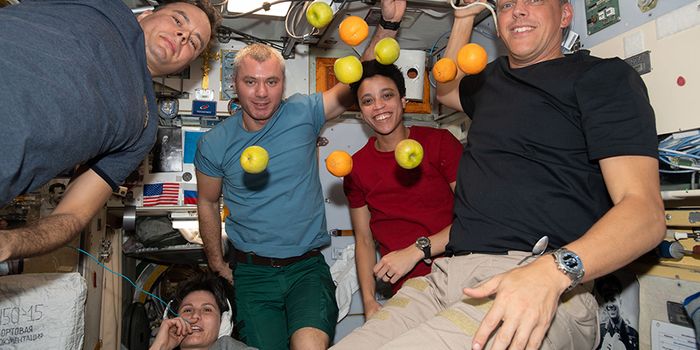Novel COVID-19 Test Based on Quantum Physics
Currently, there are upwards of 1.5 million COVID-19 tests administered daily worldwide, so the need for fast, accurate, and cheap tests has been the focus of research since March 2020. New research from the Massachusetts Institute of Technology proved that it would be possible to create a COVID-19 sensor based on quantum physics.
Traditional COVID-19 tests have been PCR or antigen tests. Antigen tests are faster than PCR tests, earning them the “rapid test” status. Rapid tests can produce results within an hour, but the accuracy of these tests is less than ideal. Up to 50% of rapid tests can produce a false-negative result, which is why many health experts recommend getting both a rapid test and PCR test before concluding your COVID-19 infection status.
In a paper published in Nano Letters on December 16, 2021, researchers propose an efficient method for testing with lower false-negative rates than traditional COVID-19 tests. In simulations, the test was shown to be extremely sensitive, detecting just a few hundred strands of viral RNA within seconds.
The key elements of the sensor are nitrogen-vacancy centers found in diamonds, impurities within the lattice of diamonds composed of a nitrogen atom sitting next to an empty spot. Together, the nitrogen atom and the vacancy spot act like a single entity. Due to the quantum effects within the nitrogen-vacancy centers, they are susceptible to small changes.
In theory, researchers would exploit this inherent vulnerability by coating tiny fragments of diamonds (called nanodiamonds) with compounds that will only bond to the specific RNA sequence found in a virus. Then, when an RNA strand couples with the compound on the nanodiamond, it will create an “unambiguous magnetic noise signal that can be optically read out” (Li et al., 2021).
Researchers suggest that their sensor will be effective and cheap— due to the low cost of nanodiamonds. However, it may be a while before the product hits the markets. The team has tested the novel method’s ability to detect COVID-19 mRNA using detailed mathematical simulations. They are currently working on building a prototype to confirm their results in the lab. “We don’t know how long it will take to do the final demonstration,” MIT doctoral student Changhao Li reported.
The device is promising regardless. Researchers want to adapt their device to detect a variety of viruses, including ones that could pop up in future years. The simplicity of the design makes it easy for researchers to change the compounds attached to the nanodiamond sensors that match components of other viruses. There is a dire need for cheap, accurate, and efficient testing, and this research team is working hard to make that possible.
Sources: MIT News, Nano Letters

-
MAY 07, 2024Is It Anti-RNP or Anti-Sm/RNP?
- See More
-
APR 30, 2024Immuno-Oncology Virtual Event Series 2024
-
MAY 07, 20243rd International Biosecurity Virtual Symposium
-
JUN 06, 2024The Future of Scientific Conferencing
- See More

















































